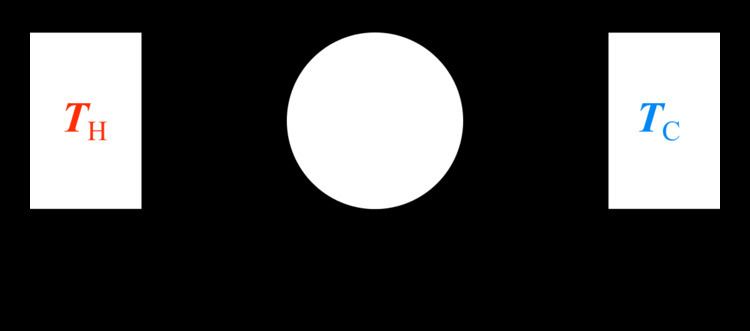 | ||
A transcritical cycle is a thermodynamic cycle where the working fluid goes through both subcritical and supercritical states. This is often the case when carbon dioxide, CO2, is the refrigerant.
The modern transcritical cycle was developed in 1988–1991 by the Norwegian professor Gustav Lorentzen (1915–1995) and his team.
Carbon dioxide requires a high pressure diffence for efficient use as a refrigerant, the compression is performed in two stages for the greatest efficiency. In the example rolling piston compressor, the two pistons are placed 180 degrees apart to reduce the noise and vibration. The first stage discharges into the shell, holding it at the intermediate pressure, it then enters the intermediate cooler and returns into the shell for the second stage of compression and is then discharged into the gas cooler (Because CO2 has less pressure drop, the use of microchannel heat exchangers have enhanced performance over round tubes, reducing the size and weight), before going to the suction line heat exchanger to cool the gas with the waste cooling from the evaporator. This then goes to the expansion device (a capillary tube) and to the evaporator.
The intermediate pressure design reduces the pressure difference at start and stop, it increases the reliability against shell fatigue and allows the shell thickness to be 35% thinner than a compressor with a high internal pressure, reducing the weight, almost equalling a conventional R-410A compressor. The cabinet reached the desired temperature as fast as the R-134A comparison compressor, although the R-134A comparison was a little more efficient while the cabinet was at a higher temperature. The CO2 compressor was confirmed to consume 20% less energy during the test.
